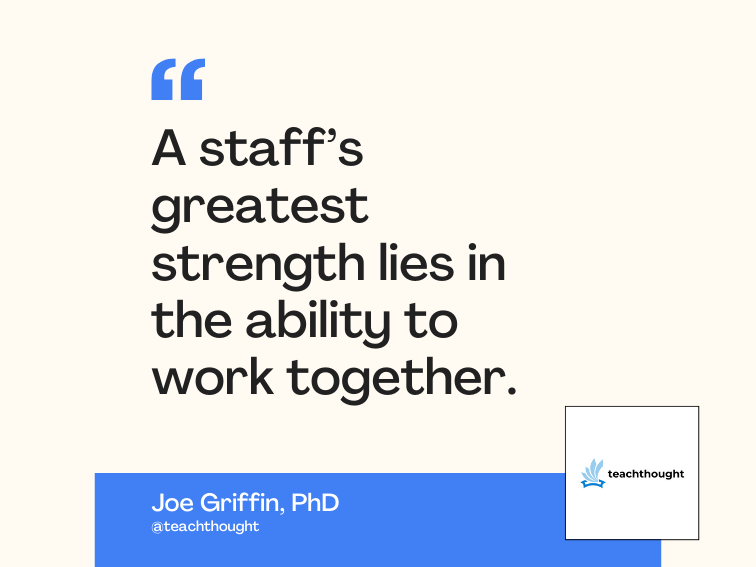WebSphere Studio covers all the bases
IBM’s WebSphere Studio 3.5 helps create great Websites
Given the continuing e-commerce explosion, it’s no wonder that corporations spend so much time and money looking for the perfect toolkit for developing dynamic Web applications. Of course, there are lots of choices out there; to complicate matters even further, your applications must be capable of communicating with your application server. But thanks to IBM and its new WebSphere Studio 3.5, the choices have been narrowed and the challenges lessened.
TEXTBOX:
TEXTBOX_HEAD: The Bottom Line
WebSphere Studio 3.5
Business Case
WebSphere Studio provides everything you need to create and produce interactive Websites capable of supporting advanced business functions such as dynamic content and personalization.
Technology Case
Developers will appreciate this solution’s capability of creating and managing applications that target specific browsers or pervasive devices. WebSphere Studio also encourages efficient Web design that separates HTML and server-side logic.
Pros
- Integration opportunities with other applications
- Helpful wizards for creating Java servlets and JavaServer Pages
- Excellent bundling of complimentary products
- Easy to use and highly intuitive
Cons
- No significant drawbacks
Cost
,999 per seat
Platforms
Windows 95/98, Windows NT /2000
IBM; Armonk, N.Y.; (800)426-3333
:END_TEXTBOX
WebSphere Studio is more than just an HTML editor. It’s a complete suite of tools capable of bringing all aspects of a Web development project together, from prototyping to programming. Whether you’re a content author, a graphic artist, a programmer, or a Webmaster, WebSphere Studio has something that can help you.
WebSphere Studio can reduce the time and effort developers spend creating, managing, and debugging multiplatform Web applications, while also granting significant performance and portability advantages over alternative approaches such as CGI. Moreover, because WebSphere Studio enables multiple developers to work on a single copy of source code, it offers productivity gains to teams.
The product impressed us with its numerous additions and enhancements. We especially liked the VoiceXML editor, which offers a nifty way to voice-enable Web content and services: the Code Assist feature prompts you for valid tags and values as you’re editing, making the process quick and easy. IBM has also included built-in support for the creation, management, and deployment of WML (Wireless Markup Language) and Compact HTML. In this way, WebSphere Studio offers excellent output capabilities for pervasive computing devices, such as handheld, wireless, and voice devices.
Furthermore, WebSphere Studio is remarkably easy to use. IBM has touted WebSphere Studio as the fastest way to add dynamic content to your Webpages. The product’s wizards certainly bore that claim out in our tests: they were invaluable for creating applications that retrieved and updated information from our database, which used server-side JavaBeans. But even if you’re not a Java expert, WebSphere Studio makes it easy to design highly complex applications. The package’s step-by-step approach and subsequent generation of sophisticated servlet code puts very few demands on the developer’s experience.
We installed WebSphere Studio without a hitch. The product gave us the option of installing IBM’s WebSphere Applet Designer, Page Detailer, and Distributed Debugger (a simple debugger for remote applications at the execution level).
Once we had the product loaded and ready to run, we were given a variety of choices that included starting a new project, using an existing one, or even importing an entire Website at startup. We had planned on testing Studio with a Website we were developing, and we were easily able to define our project name and input folder. Next, we were immediately transported to a multiwindowed interface, aptly named Workbench.
Workbench is extremely easy to use and highly customizable. You can use the graphical Page Designer, IBM’s advanced-function HTML editor, to create applications, and you can choose to use just about any other text editor you want as well. The Page Designer is similar to most HTML editors: You can add text or change attributes without coding a single line. Similarly, adding elements such as JavaServer Pages (JSP) applets is a breeze. And you can even view your output prior to production.
The Applet Designer, a handy graphical authoring tool for combining JavaBeans (whether previously created or taken from a provided palette of beans) or including them in new applets, was equally easy to use and tremendously useful. And adding audio, images, rollovers, or even database connections required nothing more than selecting wizard-driven options.
Our next step was to test and deploy our application. You can preview your WebSphere Studio work using either Netscape Navigator or Internet Explorer. You can’t define your own browser (such as Opera), but if you want to use a third-party source-control management solution, WebSphere Studio can integrate with a range of packages, including Microsoft’s SourceSafe, Merant’s PVCS, Rational’s ClearCase, and, of course, IBM’s VisualAge TeamConnection.
We also tried out the Page Detailer, a Webpage analysis tool that monitors and analyzes Web-based transactions from an end user’s perspective. By simply opening an HTML file, you can see each item’s timing characteristics (the length of time required to load graphical elements) or track periods of inactivity on particular pages. As a result, it’s easy to gather the information you need when deciding what should be sent to users, or when you’re trying to optimize your site for nonbroadband users.
Moreover, if you’re the kind of person who appreciates the finer things in life (read: free things), you’ll be happy to learn that IBM has not only included complimentary copies of VisualAge for Java, Professional Edition, but has also thrown in a development copy of the WebSphere Application Server, Standard Edition and its Apache-powered HTTP server.
Should you find your site in dire need of a face-lift, you’ll be happy to know that WebSphere Studio includes the WebArt Designer, which allows you to create mastheads, images, buttons, and many other types of graphical elements. The Animated GIF designer is another nice addition, and for those who crave even more graphical detail, IBM has included trial copies of Macromedia’s Flash, Fireworks, Freehand, and Director. When installed, these tools integrate with Workbench to provide seamless access and use.
All told, WebSphere Studio gave an admirable showing in our tests, more than delivering on IBM’s hype. With its easy-to-use interfaces, helpful wizards, and excellent integration with other products, this is definitely a tool worth checking out.




